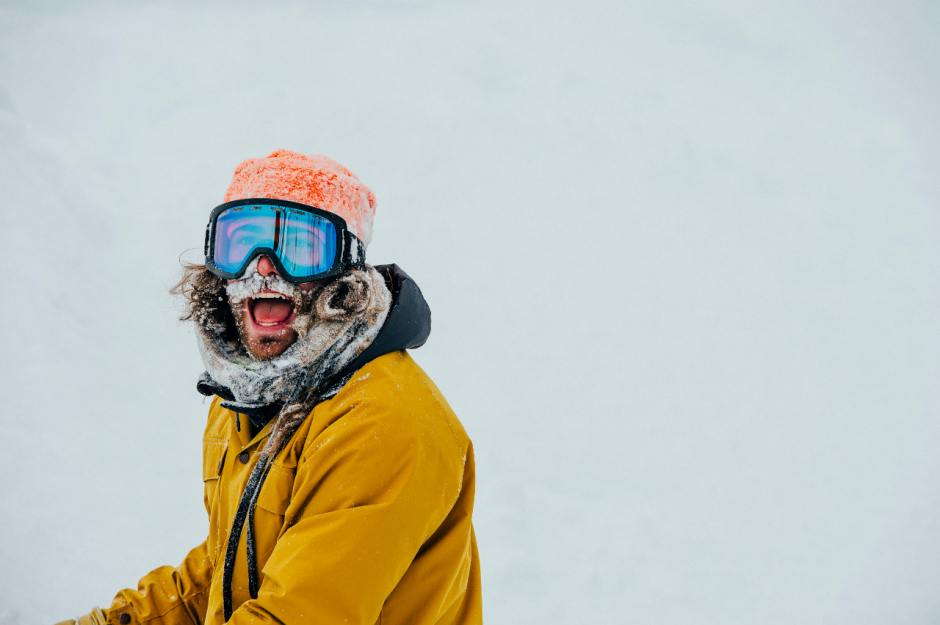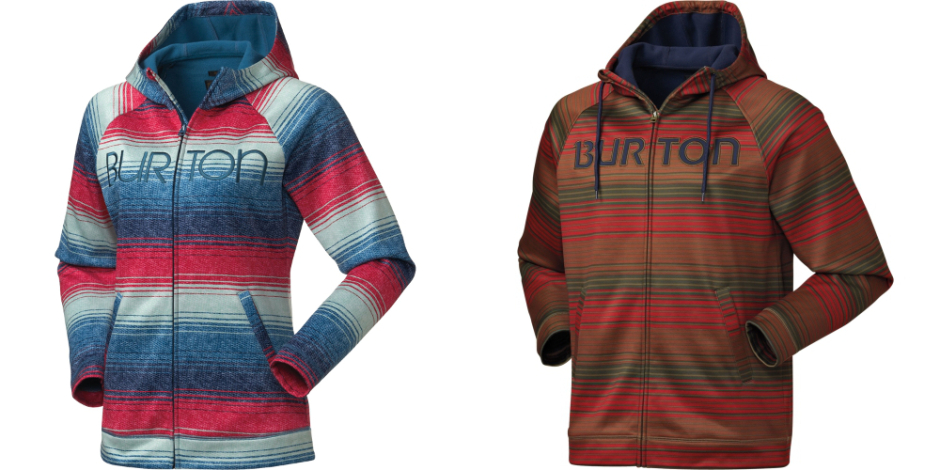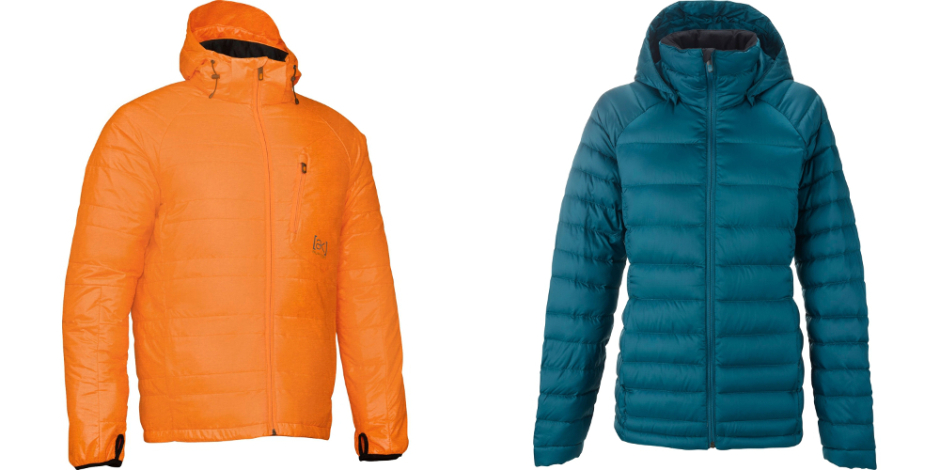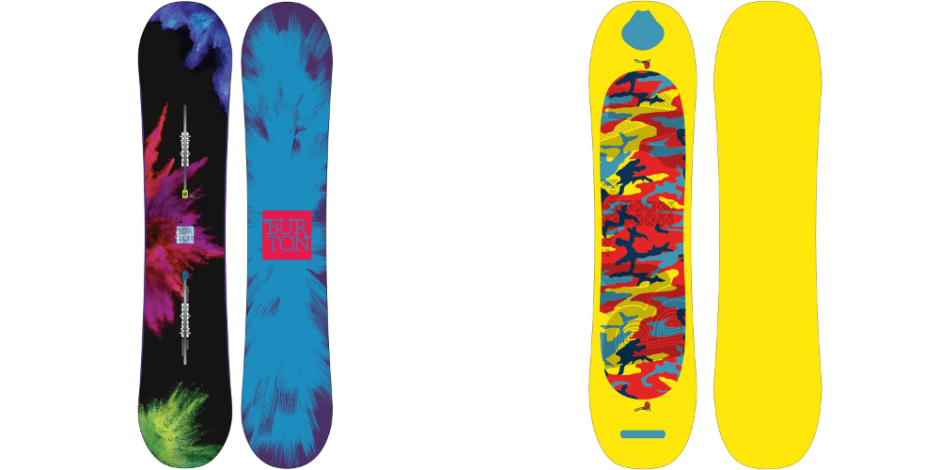
Outdoor adventurer and Matador Ambassador Tucker Patton shares his packing list for staying safe, comfortable, and stoked on any winter mission.
1. A good crew
Sliding on / playing in snow is fun, but it’s about the experience, the stories you make, and spending time with your friends in the mountains. Nothing is better than a good trip with good friends. Choose your crew wisely.
2. The right boot
This is probably the most important piece of equipment I own; proper footwear is key for any wintertime endeavor. Important things to remember are:
- A good boot fit is key!
- Intuition / custom liners have been a game changer for my super wide feet.
- The footbed is your platform and the basis for everything you do. Pay close attention to how the combination of a footbed and custom liner will lock your heel into the cup of the boot. If your heel is slipping, you lose a lot of control.
- Wear thin socks with your boots, as they’ll increase performance. Ideally, choose a pair made of a wicking material to get moisture away from your body and help keep your feet dry and warm.
3. Goggles with interchangeable lenses
For the longest time I used goggles with a fixed lens, regardless of condition, never knowing what I was missing out on. Then I got a pair of goggles that had easy-to-change lenses. My conversion was instant, and ever since I’ve carried multiple lenses on my trips, from yellow to dark-polarized for extreme sun conditions. There are lots of great options out there.
4. Gloves
The Sierra Nevada, Alaska, New Zealand — no matter where I’m traveling, I rarely use a super-thick, high-cuff glove. I prefer dexterity, something that’s well made, breathable, and close fitting, and if I have to I’ll add a thin pair of liners to keep warm.
5. Burton Peak Hoodie

This Burton hoodie can function as a midlayer, fitting snugly under a heavier jacket for days on the mountain or otherwise out on the snow. Or you can rock it solo for a stylish look on any old winter day. Its versatility makes the Peak Hoodie the ultimate go-to.
6. Outerwear
My mantra for an outerwear kit: Less is more. I don’t like a lot of flair. That stuff breaks, lets in water, freezes, etc. My outerwear layer is always just a shell. I look for 3-layer Gore-Tex, a simple yet functional design, and of course durability — I beat my gear up, especially around the boots where ski edges can cut up pants. You want to leave enough room to layer under, so it might help to try it on in a shop.
7. Sunglasses
In my opinion, Oakley Blades are the best sunglasses ever made (they’re called Radars now, but Blades were the original and still sound cooler).
8. Light backcountry kit
I always take these essentials when I’m working or playing in the backcountry. Over the years, I’ve begun to wear my beacon and a scaled-down pack inbounds on big powder days as well:
- Beacon
- Shovel – anything but plastic
- Probe – sturdy and bomber
- Avalanche airbag system
- The know-how to use these tools
- Good friends I want to spend time with and whom I trust with my life if something goes wrong
9. Layers
I don’t wear cotton when I’m doing anything athletic. Instead:
- Wicking underwear
- Base layer – I run hot so usually it’s thin. Especially bottoms. I’m always changing layers up top or adjusting outerwear vents to control my temp.
- I also like a mid-weight layer I can add and subtract. It’s gotta have a hood and be something I can wear after riding too. The Burton Peak Hoodie fits this bill pretty much perfectly.
10. Puffy jacket

This is key in any cold environment. I also have a few made from synthetics, as down doesn’t function when it gets wet. You’ll know it’s good when your friends start “borrowing” it and then “forgetting” to return it.
11. Helmet
Helmets have become popular over the years, and there’s no doubt about the fact that it’s worth protecting your brain. There are a
ton of options, so you don’t have to worry about how you look anymore (although my head is huge and people still make fun of me).
12. AeroPress
I’m addicted to coffee and appreciate a good cup on the road. The AeroPress packs small, is easy to clean, and makes a killer coffee just about anywhere. I don’t travel without it.
13. iBaggie
The iBaggie is a ‘high-tech’ solution for keeping your phone dry — I usually use a Ziploc bag. Recently, though, I upgraded to an Otter box and have used Optrix cases for a long time as well. A good option for waterproof tunes if you’re paranoid is WaterFi. I use them kiting, surfing, swimming, and paddling — they’d be good if you’re ever skiing in the rain (hopefully you’re not).
14. GoPro
Can’t go anywhere without it. They take great photos as well as video. How else can you show your buddies how rad you are?
15. Skis or snowboard for the right conditions

There are so many brands, niche companies, and concepts out there to choose from. The main things to think about are where you’re riding, how hard you want to push, and whether you want gear you can grow into, that’ll adapt as you improve.
16. Quick energy hits
My pick: a cookie from Wildflour Baking Company at the base of Squaw Valley, if you’re lucky enough to be skiing or riding in Tahoe. Second best would be Shot Bloks from Clif Bar. There’s no excuse to stop on a good day.
17. Neck warmer + face protector
To keep you warm and act as sun protection. I like buffs and I use them for everything; they serve as headband, neck gaiter, and face protector. They’re multipurpose, lightweight, and definitely go with me everywhere.
18. Sturdy waterproof boots
These will make your feet happy at the end of the day and help with the parking lot changing dance. I go with function over form.
19. Altimeter watch
GPS tracking features are pretty cool, but I’ve always relied on models with simply compass, barometric pressure, and elevation readings (and of course time, although I’m perpetually late — can’t blame the watch for that!).
20. A good weather report
There are a bunch of new sites with really good local forecasters giving specific reports for whatever region you’re in. A simple Google search should turn up results for your local hill. My bread and butter is NOAA.gov. Keep in mind that your run-of-the-mill newscasts and the resorts themselves tend to exaggerate precipitation amounts and forecasts — take them with a grain of salt.
21. Sunblock
Essential for skin prodction; I recommend Neutrogena Ultimate Sport and Kiehl’s Cross-Terrain UV Face Protector.
22. Ibuprofen
You get a little older each trip out, and a steady diet of vitamin I is always a good idea during and after a day on the mountain. Turmeric and arnica are solid alternatives as well. I’m trying to get on the stretching program, but man that’s hard!












